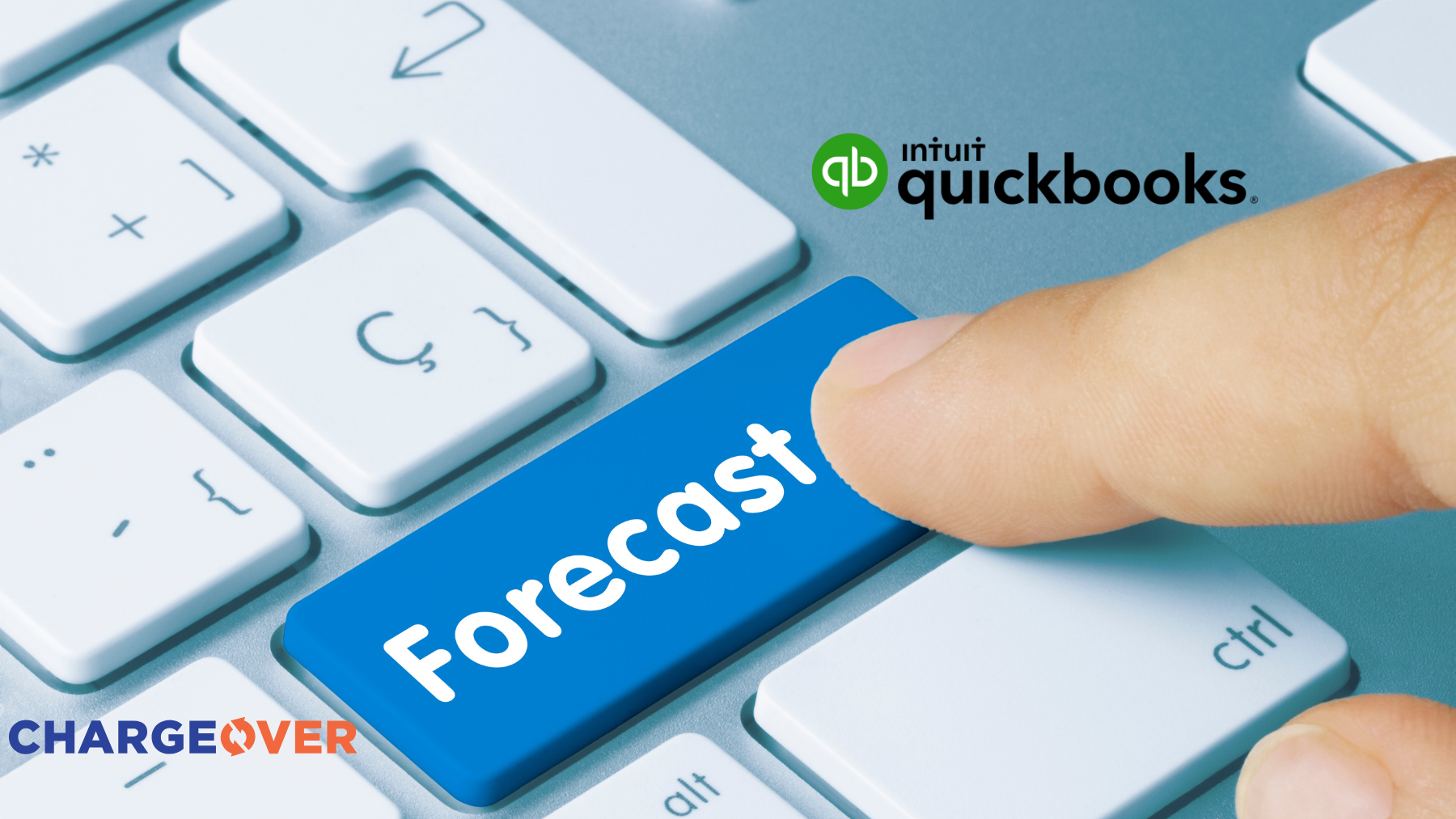Monthly recurring revenue (MRR) involves understanding the different components that contribute to the total recurring revenue generated by a business on a monthly basis. Here’s the breakdown of your MRR:
- Revenue Streams: What are the various sources of recurring revenue within your business? This could include subscription fees, service contracts, maintenance plans, or any other ongoing revenue-generating activities.
- Average Revenue per Customer (ARPC): What is the average amount of revenue generated per customer per month? Sum up the revenue from all customers and divide it by the total number of customers.
- Customer Churn: Assess the rate at which customers are ending their subscriptions. Calculate the monthly churn rate by dividing the number of customers lost during a given month by the total number of customers at the beginning of that month. Multiply the churn rate by the ARPC to determine the monthly revenue lost due to churn. Sorry, I forgot to tell you to grab a calculator at the start of this!
- Upgrades and Downgrades: Determine the revenue impact of customers upgrading or downgrading. Calculate the net revenue gained or lost by subtracting the revenue lost from downgrades from the revenue gained from upgrades.
- New Customer Acquisition: Find the revenue generated from new customers who have recently signed up for your subscription or recurring services. Multiply the number of new customers acquired during the month by the ARPC to calculate the monthly revenue gained from new customer acquisition.
- Account for Pricing Changes: If there have been any changes in pricing or the introduction of new products or services, consider the impact on MRR. Calculate the revenue difference between the new pricing structure and the previous one.
- Calculate Total MRR: Sum up the revenue contributions from existing customers (ARPC - churn + upgrades/downgrades) and new customer acquisition to determine the total Monthly Recurring Revenue.
Your math quiz is now completed. Sorry, again for not giving you a heads-up!
So, what’s the benefit of knowing your MRR?
Breaking down MRR allows businesses to analyze the performance of their recurring revenue streams, identify areas of growth or decline, and make informed decisions to optimize their revenue generation strategies. It provides valuable insights into customer retention, churn, expansion opportunities, and the overall health of the business. Regularly monitoring and analyzing MRR breakdowns can help drive business growth and inform strategic decision-making.
Did you know ChargeOver can help you stay on top of your MRR reporting, along with more than 40 other reports? Schedule a demo to dive into any questions you may have about recurring and subscription billing, today!
Already using ChargeOver, but want more information on MRR capabilities? Check out the Help Center MRR Summary Report
Transform Your Billing Experience
Your results are just the beginning. Learn how to optimize your billing and scale your success.


